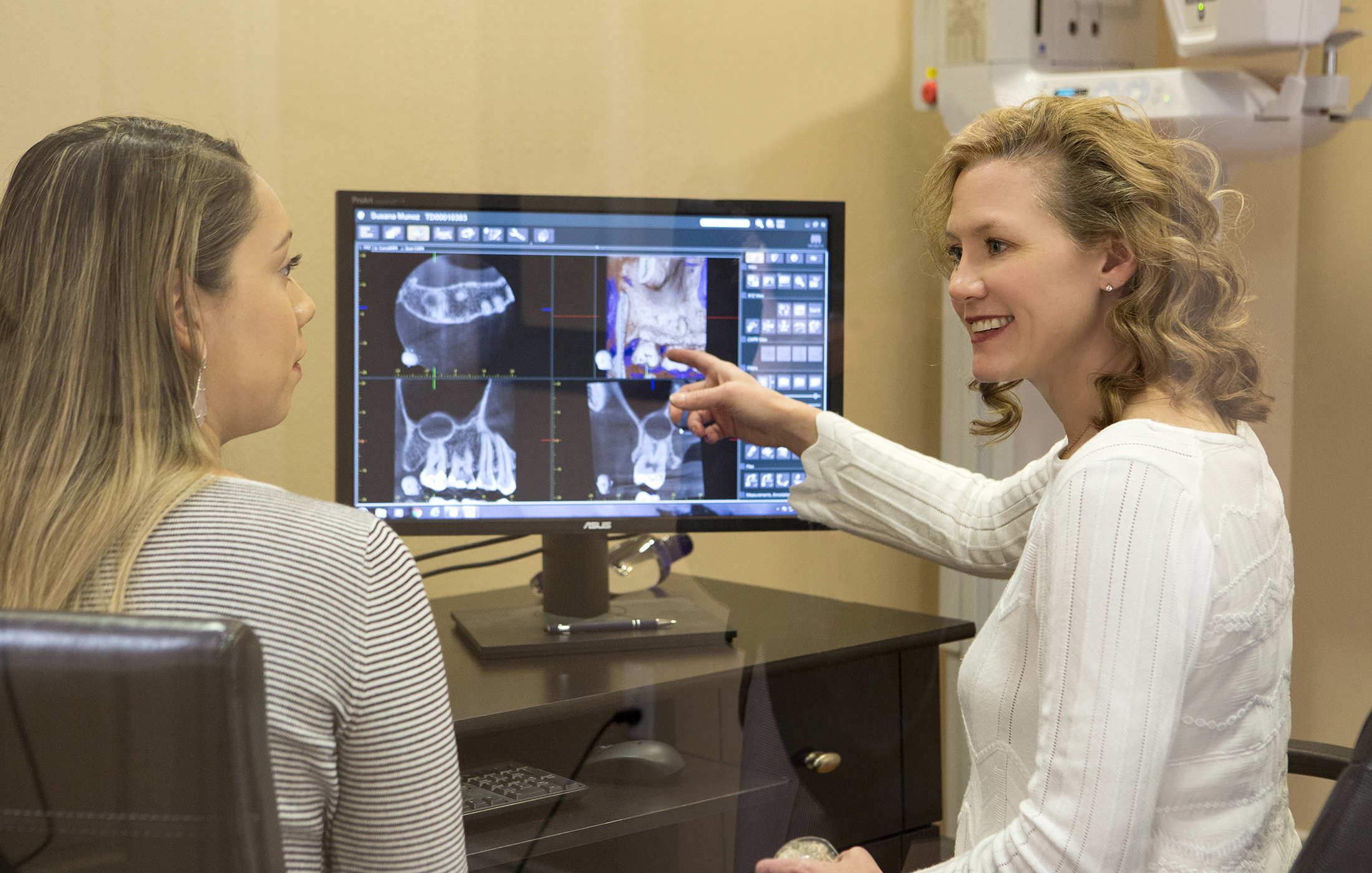
What Is an Endodontist?
An Endodontist is a dentist who has undergone a minimum of 2 years of extra postgraduate training. This Specialist training allows an Endodontist to:
- deal with diseases of the dental pulp and supporting structures
- diagnose facial pain and related problems.
Your general dentist sometimes refers patients for consultation when the diagnosis is complicated or when treatment is more difficult than normal. Aside from providing treatment, Dr. Ianiro's role is also that of educator. It is important that patients understand why they require treatment, what treatment involves and what they can do to ensure the best possible outcome. Dr. Ianiro believes that a properly informed patient has the best chance of achieving the optimal result.
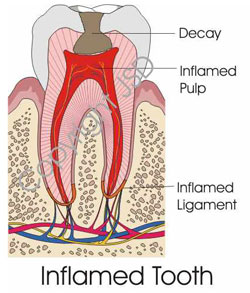
Diagnoses and Treats Pain
Oral pain such as toothaches or cracked/fractured teeth can often be difficult to pinpoint. Because of the vast network of nerves in the mouth, the pain of a damaged or diseased tooth often is felt in another tooth and/or in the head, neck, or ear. An endodontist is a specialist in diagnosing and treating this type of pain.
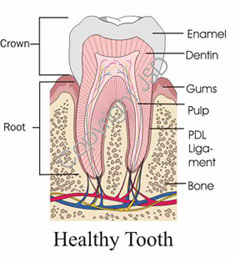
What Happens During Endodontic Treatment? or What is a Root Canal?
A local anesthetic will be given. A sheet of nonlatex called the "rubber dam" will be placed around the tooth to isolate it, hence keeping it clean and dry during treatment. The treatment consists of three or four basic steps, but the number of visits will depend on your particular case. Most treatments are completed in one visit, but some complex treatments can take 2 visits.
In any case, it depends on the degree of infection/inflammation and the degree of treatment difficulty. For Dr. Ianiro, it's more important to the very best treatment we can then to meet specific time criteria. Let's look at the basic steps for nonsurgical endodontic therapy.
There are, of course, no guarantees. Root canal or endodontic therapy has a very high degree of success, up to 95%. We will discuss with you the chances of success before any endodontic procedure to help you make an informed decision. If a root canal or endodontic therapy is unsuccessful or fails you still have options.
Treats Traumatic Injuries
Pulp damage is sometimes caused by a trauma to the mouth, and the endodontist specializes in diagnosing and treating these traumatic injuries. For example, a blow to a child's permanent tooth that is not fully developed can cause the root to stop growing or calcification. An endodontist is specially trained in procedures for replanting teeth that have been knocked out of their sockets.
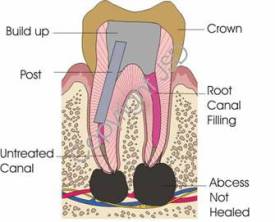
Root Canal Retreatment
Occasionally a tooth that has undergone prior endodontic treatment, fails to heal or pain continues despite therapy. Although rare, sometimes a tooth initially responds to root canal therapy but becomes painful or diseased months or years later. When either of these situations occur, the tooth often can be maintained with a second endodontic treatment.
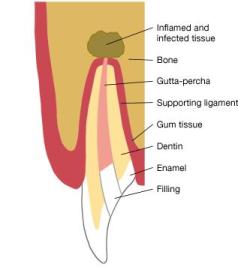
Endodontic Surgery, What is it and when is is performed?
Nonsurgical endodontic treatment alone cannot maintain some teeth. Endodontic surgery includes any surgical procedure used to remove inflammation and/or infection from your roots and surrounding areas or to repair a given problem. Endodontic Surgery can help maintain your tooth in situations such as:
Diagnosis. In particular for root fractures. If you have persistent symptoms which do not appear on a radiograph or x-ray, your tooth may have a tiny fracture. In many cases, surgery allows the visualization of your root to determine the problem. Vertical root fractures begin at the end of the root typically and extend toward the chewing surface. They often go unnoticed until surrounding bone and gums become inflammed/infected. Treatment for a single rooted teeth is usually extraction. Multirooted teeth may have the affected root removed in some cases.
Unable to treat to near the end of the root. Sometimes narrow channels, calcium deposits, or extremely torturous canal systems are unable to be treated to the end. In some cases, there are several branches near the end of the root that were not treated in the previous nonsurgical treatment(s).
Unable to treat to additional canals. Due to variable anatomy, treating all the canals in a tooth can be more of a challenge then possible with today's technology nonsurgically.
Failure to heal after nonsurgical treatment. In a few cases, a tooth may fail to heal or the tooth becomes painful/diseased years after the initially successful treatment even when the original treatment is done to ideal. While there may be many reasons, it potentially may be due to a cyst that must be mechanically removed or bacteria that have embedded themselves at the end of the root causing persistent infection.
Damaged root surfaces or surrounding bone. We don't understand all the details, but sometimes the body will begin to eat a hole into the tooth. We call the process resorption. Depending on the location, it is commonly repaired surgically.
Will I need to return to your office for Additional Visits?
Once endodontic therapy is completed, your tooth should be re-examined, usually within 4-6 months check for healing. This allows us to make sure the bone and tissues around the tooth has healed or is healing properly. You will be sent a notice in the mail when we feel it is appropriate to reevaluate the area.
